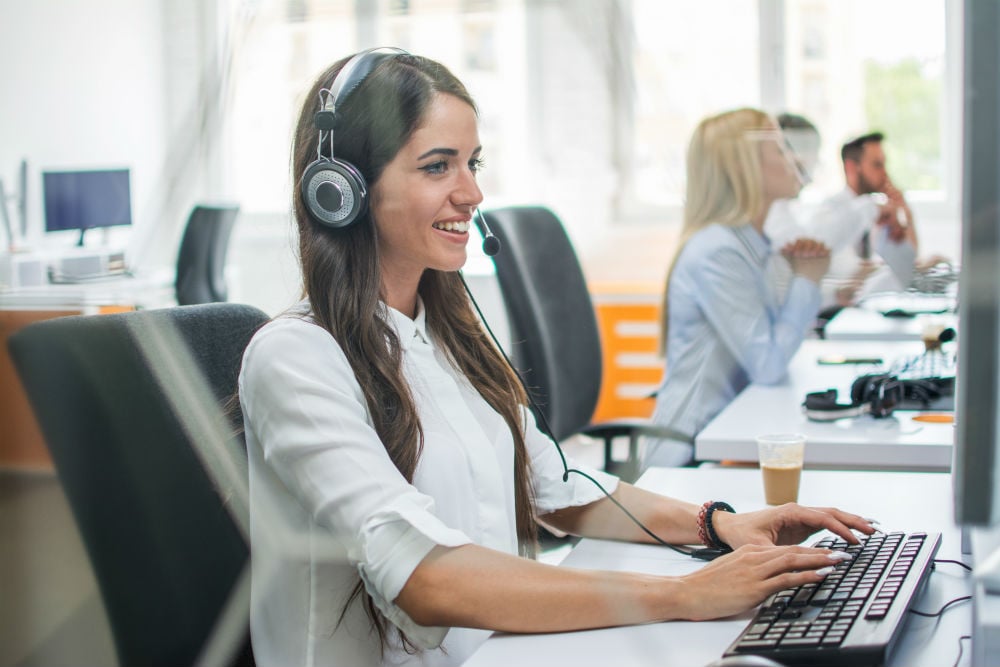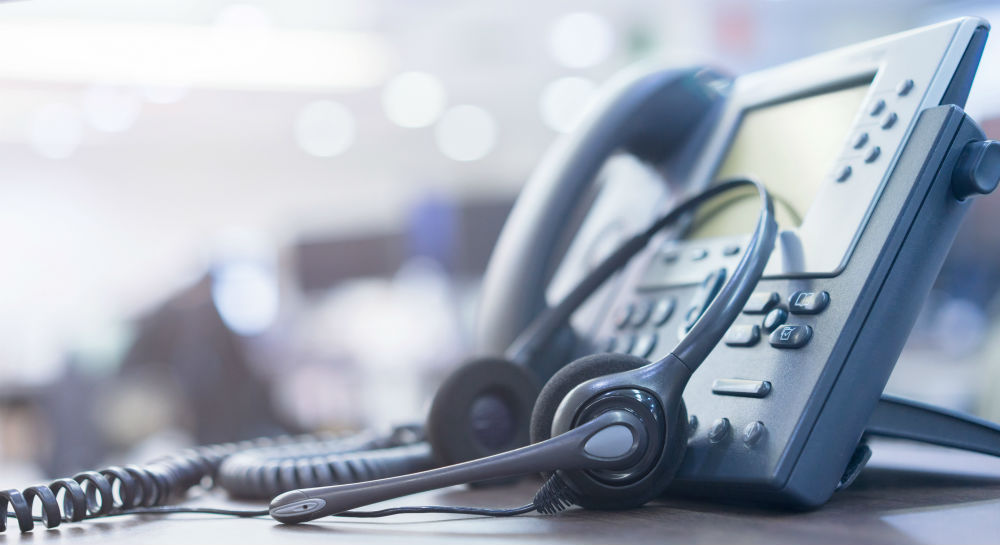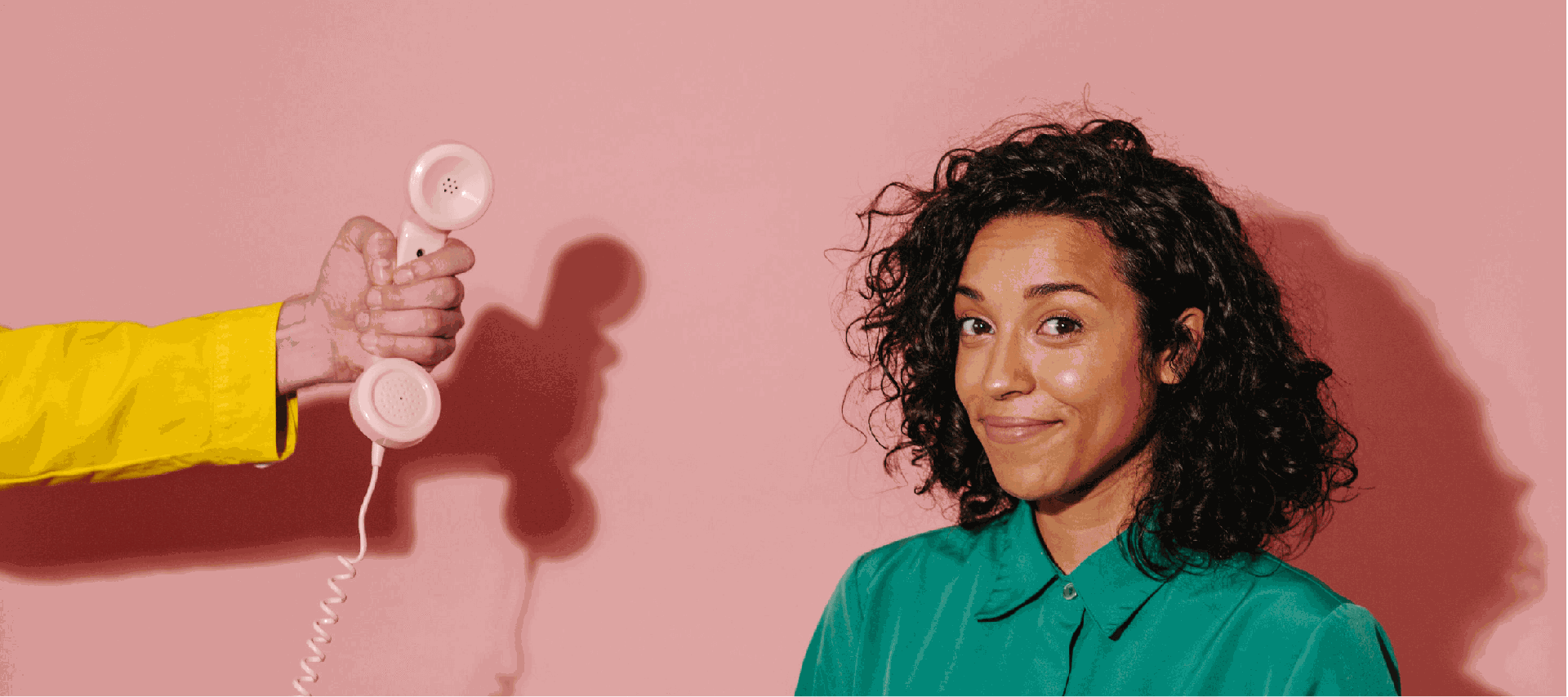All Categories
Featured
Table of Contents
What Is The Best 4 Different Types Of Business Phone Answering Services You Can Buy
This device and its successors were developed by Sava Jacobson, an electrical engineer with a personal consulting organization. While early answering machines utilized magnetic tape innovation, a lot of modern equipment utilizes strong state memory storage; some gadgets use a mix of both, with a solid-state circuit for the outbound message and a cassette for the incoming messages.
"toll conserving" below) (phone answering). This works if the owner is evaluating calls and does not wish to consult with all callers. In any case after going, the calling celebration should be notified about the call having actually been answered (for the most part this starts the charging), either by some remark of the operator, or by some welcoming message of the little, or resolved to non-human callers (e.
This holds specifically for the Littles with digitally saved welcoming messages or for earlier machines (before the rise of microcassettes) with a special endless loop tape, different from a second cassette, committed to recording. There have been answer-only gadgets with no recording capabilities, where the greeting message had to inform callers of a state of existing unattainability, or e (answer phone service).
Who Is The Best Answering Service Faqs - Questions & Answers Service

about schedule hours. In taping TADs the greeting generally includes an invitation to leave a message "after the beep". A voice mail that utilizes a microcassette to tape messages On a dual-cassette answerphone, there is an outbound cassette, which after the specified variety of rings plays a pre-recorded message to the caller.

Single-cassette voice mail include the outbound message at the beginning of the tape and incoming messages on the staying space. They first play the statement, then fast-forward to the next readily available area for recording, then tape the caller's message. If there are many previous messages, fast-forwarding through them can cause a considerable delay.
This beep is frequently described in the welcoming message, requesting that the caller leave a message "after the beep". TADs with digital storage for the recorded messages do not reveal this hold-up, obviously. A TAD may use a push-button control center, where the answerphone owner can ring the home number and, by going into a code on the remote telephone's keypad, can listen to taped messages, or erase them, even when away from home.
What Are The Top 10 The Benefits Of Secretarial And Telephone Answering ...?

Thus the maker increases the number of rings after which it responds to the call (generally by two, resulting in 4 rings), if no unread messages are presently kept, however responses after the set variety of rings (typically 2) if there are unread messages. This enables the owner to discover whether there are messages waiting; if there are none, the owner can hang up the phone on the, e.
Some devices also permit themselves to be remotely activated, if they have been turned off, by calling and letting the phone ring a certain big number of times (usually 10-15). Some service providers desert calls already after a smaller sized number of rings, making remote activation difficult. In the early days of Littles an unique transmitter for DTMF tones (dual-tone multi-frequency signalling) was regionally needed for push-button control, given that the formerly utilized pulse dialling is not apt to convey proper signalling along an active connection, and the dual-tone multi-frequency signalling was carried out stepwise.
Any incoming call is not recognizable with regard to these homes in advance of going "off hook" by the terminal devices. So after going off hook the calls must be changed to proper gadgets and just the voice-type is right away accessible to a human, however maybe, however need to be routed to a TAD (e.
Best Can Call Answering Service
What if I told you that you do not have to actually choose up your gadget when responding to a consumer call? Another person will. So hassle-free, ideal? Responding to call does not need someone to be on the other end of the line. Efficient automated phone systems can do the technique simply as efficiently as a live representative and sometimes even much better.
An automated answering service or interactive voice reaction system is a phone system that communicates with callers without a live person on the line - virtual telephone answering. When companies utilize this innovation, customers can get the answer to a question about your business simply by using interactions set up on a pre-programmed call circulation.
Although live operators upgrade the consumer service experience, lots of calls do not need human interaction. An easy taped message or instructions on how a consumer can retrieve a piece of details typically resolves a caller's immediate need - virtual answering service. Automated answering services are a simple and effective method to direct inbound calls to the best individual.
What Is The Best Live Answering Services - Australia
Notice that when you call a company, either for assistance or item inquiry, the very first thing you will hear is a pre-recorded voice welcoming and a series of options like press 1 for customer support, press 2 for inquiries, and so on. The pre-recorded alternatives branch out to other options depending upon the customer's choice.
The phone tree system helps direct callers to the ideal person or department utilizing the keypad on a smart phone. In some circumstances, callers can utilize their voices. It's worth noting that auto-attendant choices aren't restricted to the 10 numbers on a phone's keypad. Once the caller has picked their first option, you can design a multi-level auto-attendant that uses sub-menus to direct the caller to the ideal type of help.
The caller does not have to communicate with a person if the auto-attendant phone system can handle their issue. The automated service can path callers to a worker if they reach a "dead end" and need help from a live agent. It is expensive to hire an operator or executive assistant.
What Is The Best How Do Answering Services Work? To Get Right Now
Automated answering services, on the other hand, are significantly less pricey and provide substantial cost savings at approximately $200-$420/month. Even if you don't have committed staff to handle call routing and management, an automatic answering service improves performance by enabling your team to focus on their strengths so they can more effectively invest their time on the phone.
A sales lead routed to customer support is a lost shot. If a customer who has product questions reaches the incorrect department or gets incomplete responses from well-meaning employees who are less trained to deal with a specific kind of question, it can be a reason for aggravation and frustration. An automated answering system can minimize the variety of misrouted calls, thus helping your employees make much better use of their phone time while maximizing time in their calendar for other tasks.
With Automated Answering Systems, you can create a personalized experience for both your staff and your callers. Make a recording of your main welcoming, and simply update it regularly to show what is going on in your company. You can produce as many departments or menu options as you want.
Latest Posts
High-Quality 24/7 Answering Service
Proven Business Answering Service Near Me – NSW
Renowned Professional Answering Service Near Me – Melbourne